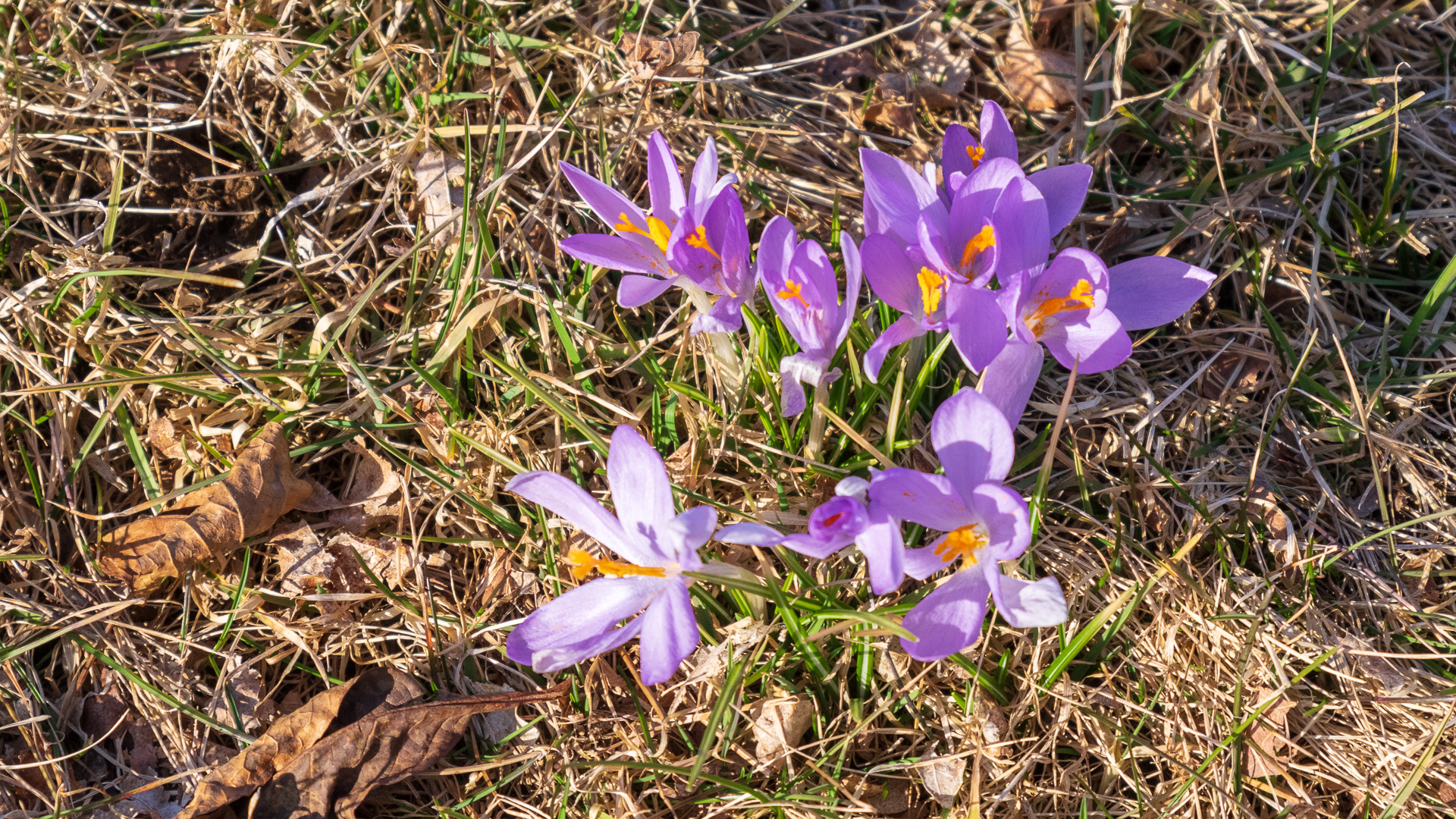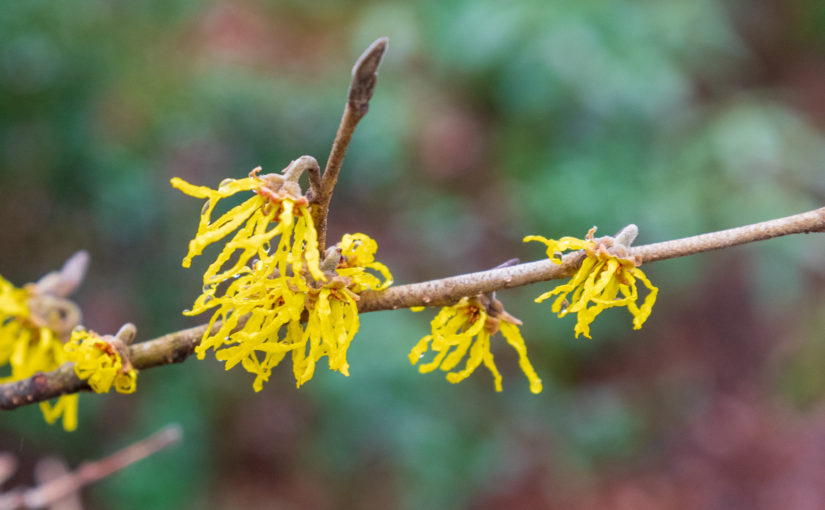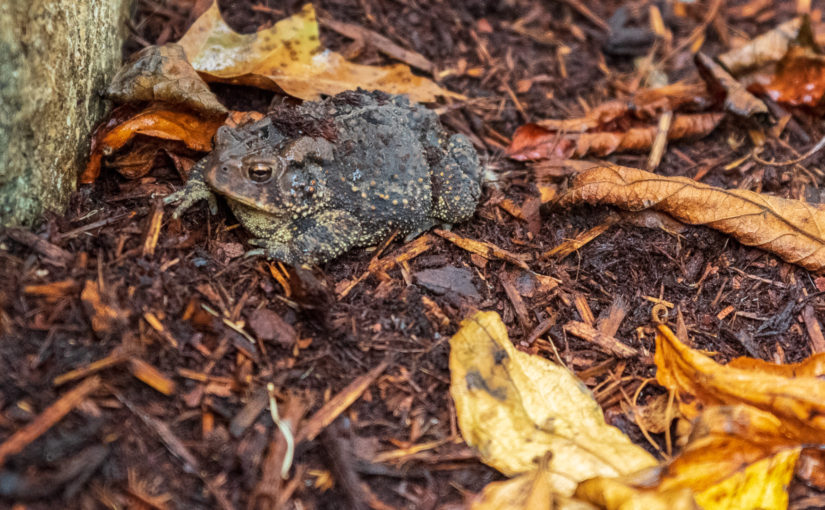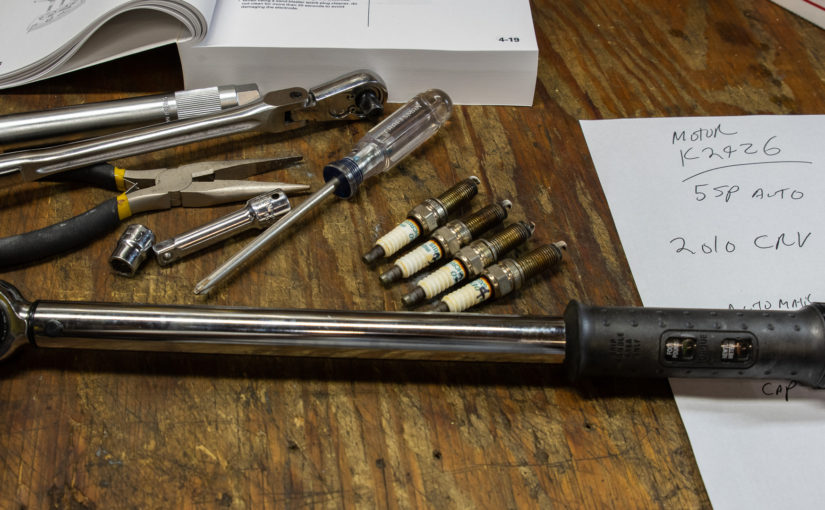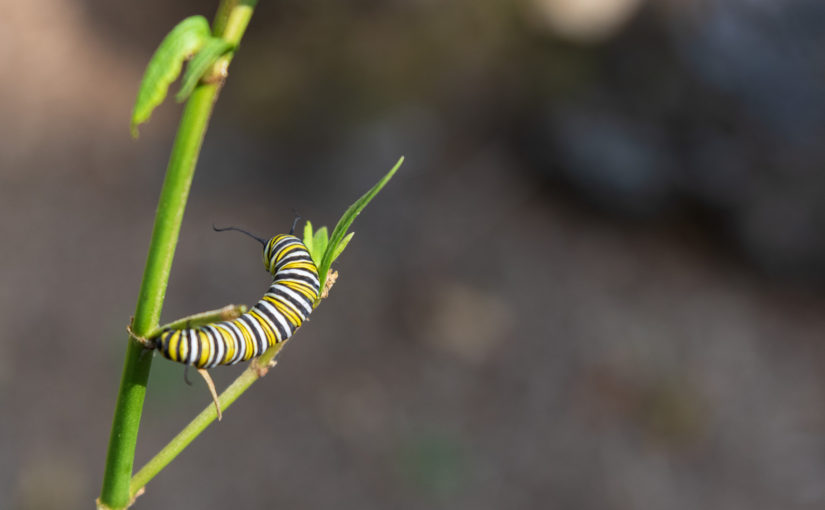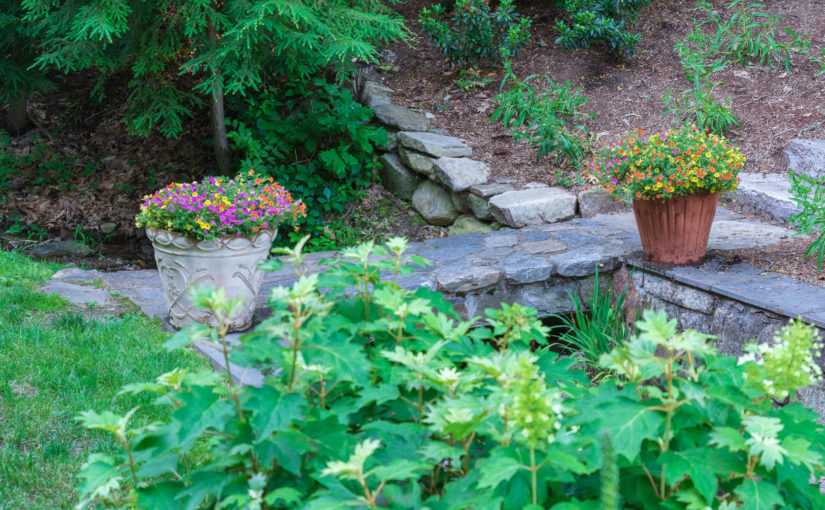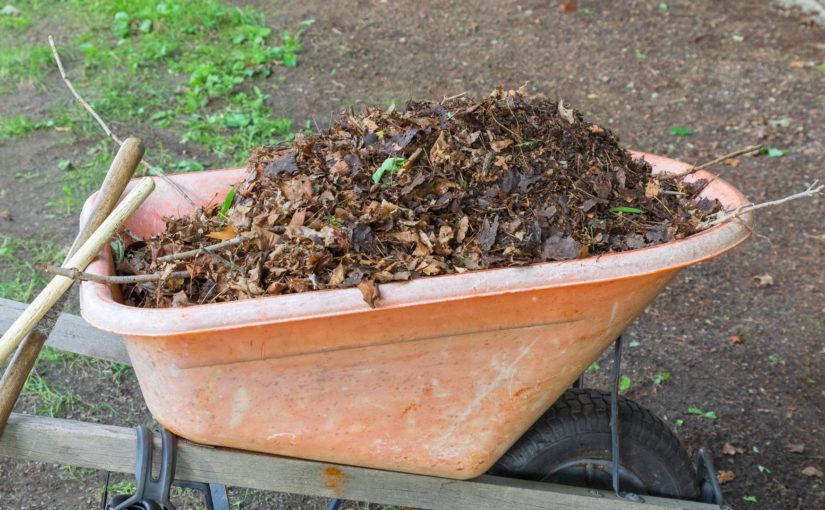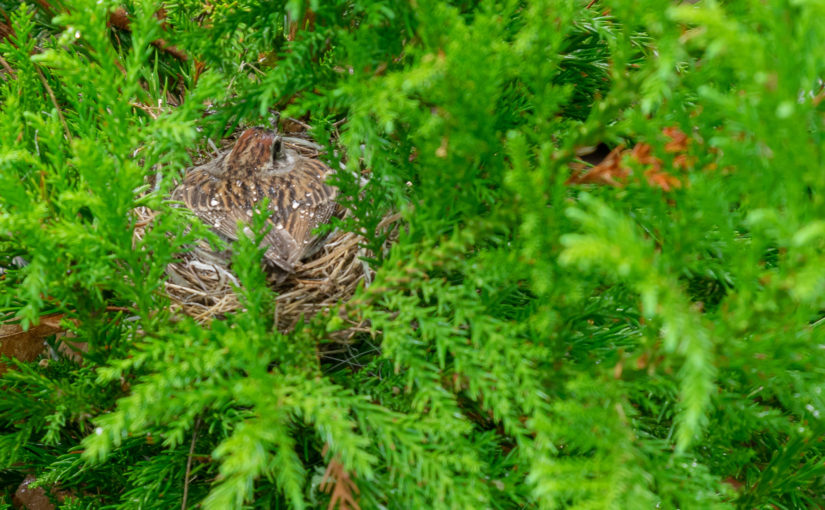Last week, I wrote about the blooms on Arnold’s Promis Witch Hazel. It’s looking better than last week with flowers continuing to emerge.
This week I’ve got a few more things in bloom. Nothing is knocking it out of the park but need I remind you it’s early-March with temperatures going down to the twenties, and sometimes teens, at night.
My Lenten Rose has a few small flowers. I don’t remember the cultivar so we’ll call it Helleboris sp.

You have to look through the foliage to see the flowers. I had to kneel down to get this picture. There’s one flower in the middle with two other stalks flanking it.

I have a couple of clumps in the shade that aren’t as far along. They’re significantly larger clumps and put on quite the show every year. Every bit of purple you see is going to be a flower stalk. Green are the leaves emerging.

My Japanese cornel dogwood, Cornus Officinalis, is going to be in full bloom in a week or two. Even though the flowers aren’t fully open the tree has as much, if not more, color than my Witch Hazel.

The last flower in bloom is Crocus. About 8 years ago Crocus clumps started showing up in my side yard. Every year I find a few more. You have to be within a few feet to find the clumps but they give me something to look at as I wander the yard on warm days.

As I write I’m reminded of one more early blooming plant I’d like to add to the garden. Snowdrops, or Galanthus nivalis, have small drooping white flowers this time of the year. They only grow a few inches tall and form spreading colonies in humusy soils.
What are your favorite late-Winter blooming plants? Do you have anything in bloom?
